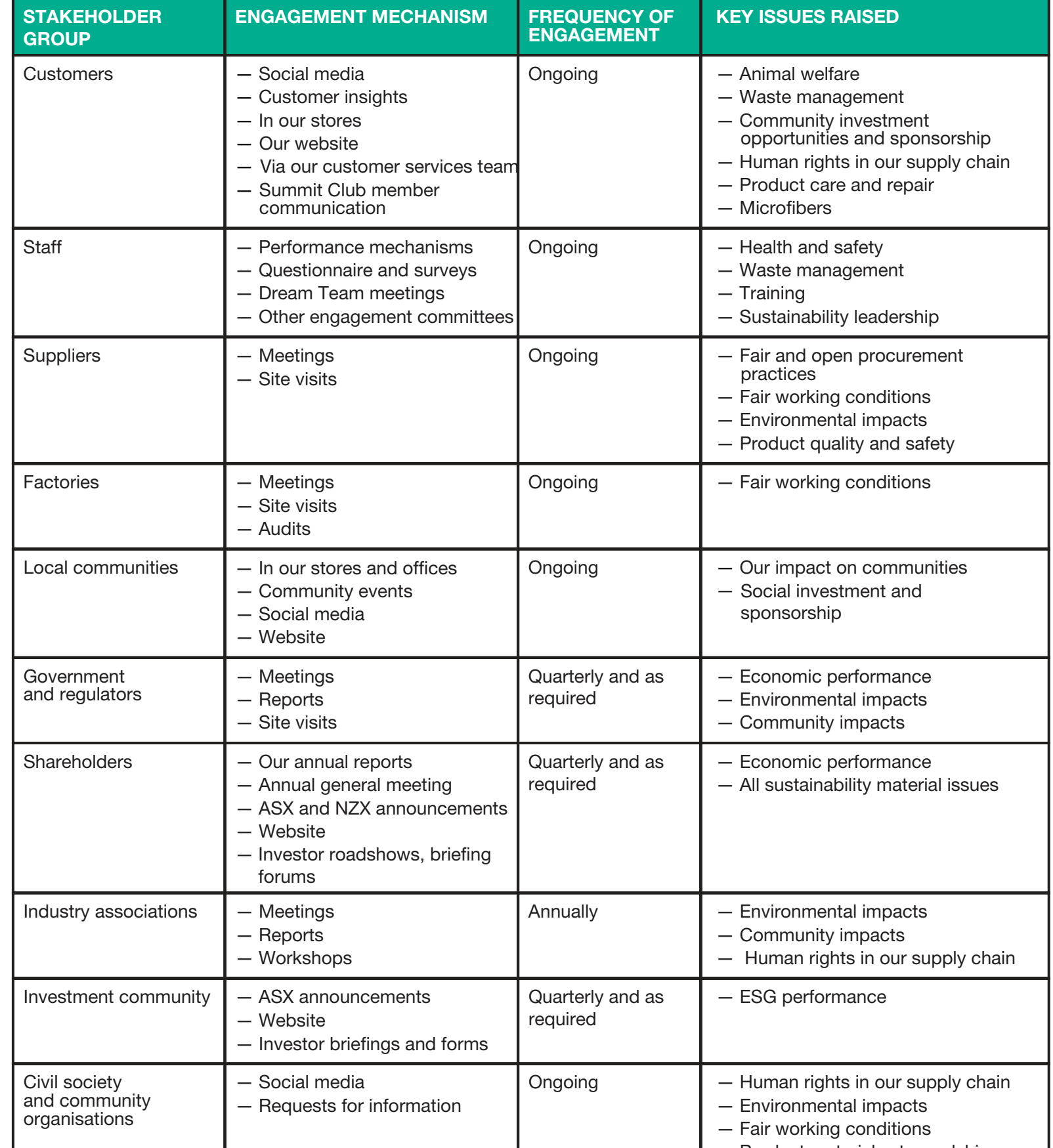Photo AI
Last Updated Sep 24, 2025
Biotechnology in Agriculture Simplified Revision Notes for SSCE HSC Biology
Revision notes with simplified explanations to understand Biotechnology in Agriculture quickly and effectively.
338+ students studying
Biotech in Agriculture
Introduction to Biotechnology in Agriculture
Biotechnology in Agriculture: Definition and Historical Evolution
Biotechnology in Agriculture: Involves the application of scientific methods, like genetic engineering and cloning, to improve plant and animal productivity as well as food quality.
-
Conceptual Overview: These biotechnological methods have significantly advanced agriculture by producing high-yield crops and animals resistant to diseases, thus tackling both productivity and health aspects.
-
Examples: Innovations have led to the creation of high-yield crops and disease-resistant animals.
Historically, agriculture was reliant on manual labour and natural resources, gradually progressing with technological development.
- Historical Timeline:
- Pre-20th Century: Focused on selective breeding and crop rotation, setting the stage for modern agricultural methods.
- Mid-20th Century: The emergence of genetics and molecular biology facilitated biotechnological applications like vaccines and antibiotics.
- 1970s: The advent of genetic engineering enabled the alteration of DNA sequences.
- 1994: The commercial release of the first genetically modified (GM) crops, such as the Flavr Savr tomato.
- 1990s-Present: Significant advancements in GMOs and CRISPR technology, underscoring enhanced agricultural potential.

Significance of Agricultural Biotechnology
-
Food Security:
- Biotechnology increases crop yields – vital for feeding the rapidly increasing global population.
- Development of plant varieties resistant to pests and droughts.
- Statistics: Studies indicate a 22% rise in crop yields due to biotechnological innovations over the past twenty years.
- Example: Bt cotton, a plant infused with the Bacillus thuringiensis gene, effectively resists numerous pests, thereby enhancing production.
-
Global Nutritional Needs:
- Biofortification: Aims to address nutritional deficiencies by boosting essential vitamins and minerals in staple crops.
- Example: Golden Rice, genetically engineered to produce Vitamin A, addresses deficiency and promotes public health.

Impact on Biodiversity
- Introduction to Biodiversity Impact:
- Genetic Diversity: Genetic engineering applications enhance gene variation within species.
- Species Diversity: Biotechnology encourages a wider variety of species within ecosystems through hybridisation.
- Ecosystem Diversity: The introduction of new genetically modified traits can change ecosystem dynamics, fostering diverse ecological interactions.

Genetic Techniques in Agriculture
Traditional GMOs vs CRISPR
Traditional GMOs: Involve using foreign genes to modify plant traits. CRISPR: Enables precise edits of a plant's own DNA.

- Pros of CRISPR:
- Highly precise.
- Quick and adaptable.
- Pros of Traditional GMOs:
- Established history.
- Extensively tested in various crops.
- Cons:
- Ethical concerns.
- Potential ecological risks, such as cross-breeding with wild species.
Key Genetic Technologies
CRISPR-Cas9
- Role: Utilises RNA to guide and execute precise DNA alterations.
- Application Example: Employed in wheat to enhance drought resistance.
Gene Silencing
- Definition: Deactivates specific genes to suppress undesirable traits.
- Impact: Strengthens pest and disease resistance in crops.

Applications
- Drought Resistance: Enables crop growth in low-water regions.
- Pest Control: Minimises the impact of pests and diseases.
- Enhanced Crop Yields: Ensures efficient food production.
- Examples: Bt corn and CRISPR-engineered cotton exemplify these technologies.
Case Studies in Biotechnology
Bt Cotton in India
- Adoption: Selected for its economic benefits and pest resistance.
- Ecological Impact: Noted changes in pest populations and resistance development.

Roundup Ready Crops in the USA
- Adoption Patterns: Examines growth patterns, emphasising Roundup Ready varieties.
- Biodiversity Implications: Herbicide use impacts weed resistance and biodiversity.
CRISPR-Modified Crops
- Focus on CRISPR-enhanced rice and cotton, explaining genetic modifications.

Current Debates and Ethical Considerations
- Food Security vs. Biodiversity:
- Industry View: Genetic technologies increase farm yield and dependability.
- Conservationists' Concerns: Potential reduction in biodiversity and ecosystem health risks.

- Ethical Dimensions:
- Genetic Ownership: Determining ownership rights over genetic technology.
- Access to GMOs: Advocating for equitable availability.

Future Trends and Policy Development
- Tech Advancement: CRISPR advances indicate promising future enhancements.
- Regulatory Challenges: Adapting governmental regulations to avoid hindrances.

- Policy & Stakeholder Engagement:
- Illustrate how different countries' approaches can be well-balanced or inadequate.

Understanding Key Terms and Concepts
- Biodiversity: The diversity of life forms within an environment.
- Monoculture: Cultivation of a single crop over an extensive area, minimising biodiversity.
- Ecological Disturbance: Significant alteration of an ecosystem.

Public Perception and Regulatory Frameworks
- Public Perception: Influences policy based on societal views.
- Example: Japan postponed GMO approvals due to public scepticism.
- Regulatory Frameworks: Establish safety structures for biotechnical applications.

Roles of Stakeholders
- Stakeholder Engagement: Example from Canada where collaborations positively impacted GMO regulations.

Building Trust Through Communication
- Transparent Communication: Essential for fostering trust.
- Initiatives in Brazil have addressed misconceptions about GMOs.

Glossary
- Biotechnology: The application of technology to enhance biological agricultural processes.
- CRISPR: A technology for precise genome editing, improving crop resistance to diseases.
- GMO: Organisms genetically modified to improve yield or resistance.
This note offers a detailed overview, covering the essential aspects of biotechnology in agriculture, including its impact on biodiversity, technological progressions, ethical issues, and policy formulation.
500K+ Students Use These Powerful Tools to Master Biotechnology in Agriculture For their SSCE Exams.
Enhance your understanding with flashcards, quizzes, and exams—designed to help you grasp key concepts, reinforce learning, and master any topic with confidence!
250 flashcards
Flashcards on Biotechnology in Agriculture
Revise key concepts with interactive flashcards.
Try Biology Flashcards33 quizzes
Quizzes on Biotechnology in Agriculture
Test your knowledge with fun and engaging quizzes.
Try Biology Quizzes37 questions
Exam questions on Biotechnology in Agriculture
Boost your confidence with real exam questions.
Try Biology Questions2 exams created
Exam Builder on Biotechnology in Agriculture
Create custom exams across topics for better practice!
Try Biology exam builder24 papers
Past Papers on Biotechnology in Agriculture
Practice past papers to reinforce exam experience.
Try Biology Past PapersOther Revision Notes related to Biotechnology in Agriculture you should explore
Discover More Revision Notes Related to Biotechnology in Agriculture to Deepen Your Understanding and Improve Your Mastery
